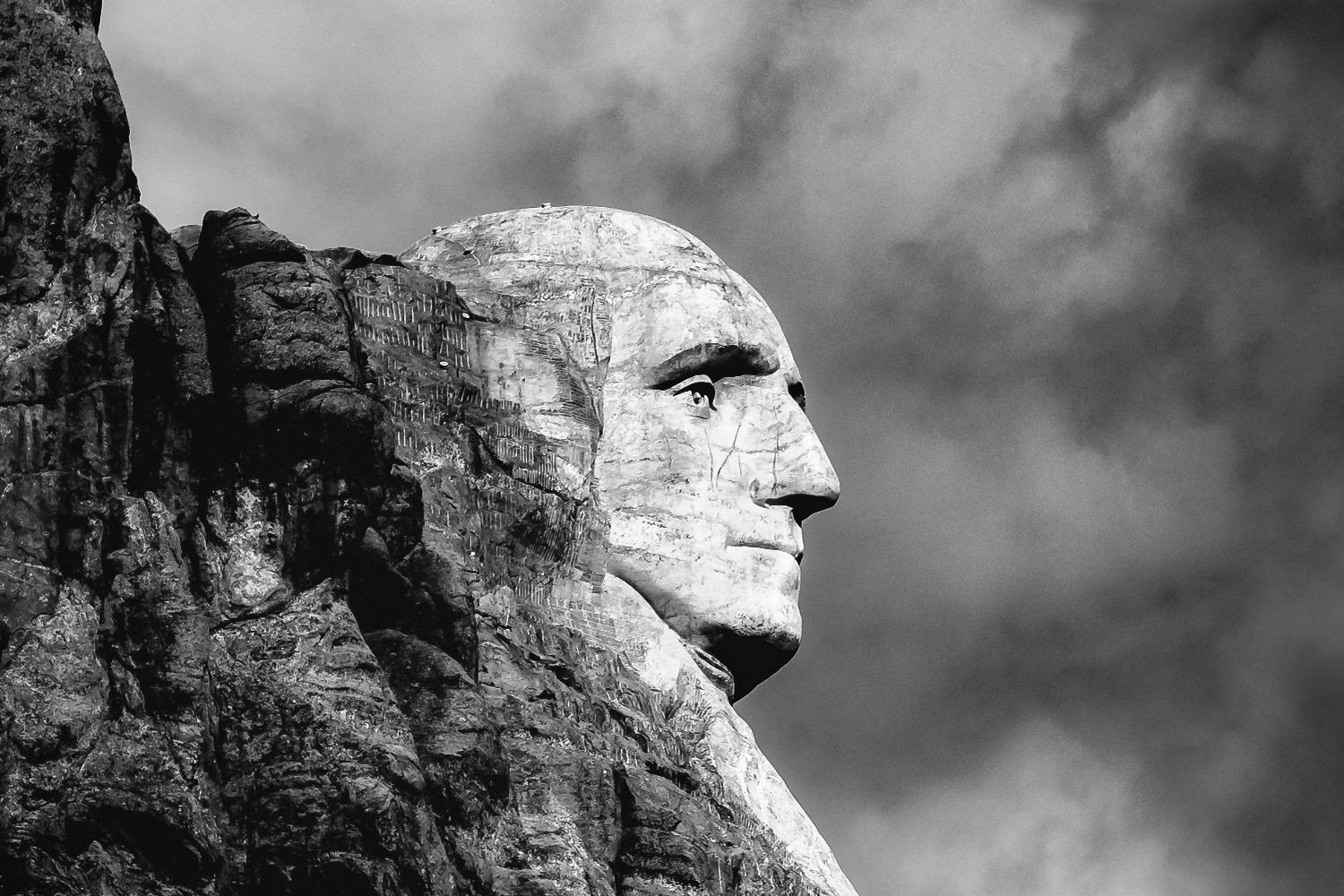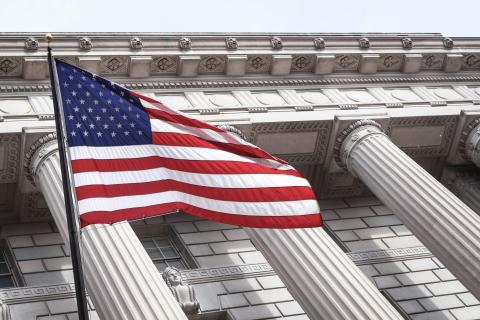
No generation has drawn attention like the Baby Boomers. Of course, all generalizations have inaccuracy and lack nuance, but for the sake of classification and observation they can be helpful. While each generation leaves its own imprint on a culture, the imprint of the Baby Boomer generation runs particularly deep in our own.
Boomers were born to parents who participated in World War II’s battles and yearned for a life of domestic tranquility. In general, the parents of Boomers were religious and married young. They were resistant to communism and were eager to form families with many children in patriotism and faith. At the same time, they were also eager to suburbanize their children and give them the best, leading to greater liberty of choice for their children.
The Boomers, then, grew up with greater comfort and a certain sense of importance as the country flourished in the Baby Boom, full of new institutions, buildings, and material progress. Boomers were well-educated and benefited from the explosion of post-secondary education after the GI bill.
Within this generation, life was not defined as much by patriotism or faith as it had been before. Instead, there was a new focus on personal autonomy and the pursuit of satisfaction from experiences and choices. Rules as natural constraints on autonomous liberty were cast aside and more traditional patterns of life were seen as antiquated. Don’t trust anyone over 30 or 40 was the refrain of the day.
Life, however, progressed. Time passed. The young Boomer realized that chaos was hard to maintain, children needed parents and stability, sexually transmitted diseases were real, and there was a general darkness in the late 70s that sobered the Love Children into domestication.
What were these Boomers to do? How could they maintain their core virtue of authenticity and their mantras of youthfulness, when they themselves were no longer young?
Although the Covid interruption has altered the landscape, Boomers were known for holding their positions longer than any generation before. Some part of this is due to longer and healthier lives: Longer life means more ability to work, but also a greater need to finance a longer retirement and so the combination results in a desire but also a need to work.
But our nation’s most public job (i.e., the presidency) highlights a trend that has frustrated younger generations: as is made clear by a brief glimpse of top political positions on both sides of the aisle, positions of power have largely stayed in the hands of the Boomers who hold them. According to LinkedIn, “CEOs at companies listed on the S&P 500 are getting older, according to a new analysis by the Conference Board and recruiter Heidrick & Struggles. The average age of chief executives was 58 in 2017, compared to 55 a decade ago. About 10% are 65 or older. Berkshire Hathaway CEO Warren Buffett is the oldest at 88. The analysis also found CEOs are staying in their jobs longer. Those departing their positions in 2015 were leaving after an average of 10.8 years, compared to an average of 7.2 years in 2009.”
This aging group of those who were generationally youth-obsessed presents an obvious logical issue.
In the history of humanity, people were generally clear that one of the primary purposes of life was “tradition,” handing on beliefs, values, norms, practices, and purpose. In Eastern cultures this is still demonstrated in the reverence shown elders. This dignity afforded the elder was based on who they were, not what they were currently doing. Elders were not hidden away in group homes; rather, they were present in the home in daily life, even in the West.
The work-hard merit-based can-do attitude of Americans has always made this difficult, and this problem has only been exacerbated by the increasing speed of the advance of technology, rendering the utilitarian mode of thinking much more harmful for older people.
The carefree autonomy of experience-based meaning for boomers has peeled some off into communes again, but it seems the rush of power has supplanted the mania of ’68. Thus meaning in life is tied directly to usefulness.
Some question whether the generational tendencies ascribed to Baby Boomers above help to explain the relative lack of young up-and-coming politicians with viable paths to positions of power in the foreseeable future. When the handing on of a tradition is replaced with a cultural focus on autonomy and the self, after all, it seems less likely that more experienced individuals will dedicate serious focus to cultivating the next generation. At its worst, a focus on absolute autonomy leads to a rejection of Truth and Tribe, the lack of which renders tradition meaningless and irrelevant.
A stunning irony is that the youngest generation has coined the phrase “Okay, Boomer,” to refer insultingly to someone as being out of date. And perhaps this points to a deeper reality of the sort of autonomy championed by the Baby Boomer generation and taken up by each generation after: with a rejection of tradition and an insistence that the previous generation is obsolete, it’s only a matter of time before we find that the tables have turned.
The USCCB has approved the drafting of a new pastoral statement on ministering to people with disabilities, as well as their families. One Catholic author argues for ways such a statement could encourage parishes and schools to minister to those with disabilities, especially profound disabilities: “The Body of Christ is incomplete without them.”
The National Catholic Register reports: “Catholic organizations and medical professionals won’t be forced to perform gender-transition surgeries or provide insurance coverage for them after the Biden administration declined to defend the challenged “transgender mandate” federal rules with an appeal to the U.S. Supreme Court.” Read more here.
This week, Pope Francis published an Apostolic Letter dedicated to Blaise Pascal, a seventeenth-century French philosopher and mathematician. Who is Blaise Pascal, and why does Pope Francis like him?
In the Mexican state of Chiapas, a 400-year-old Catholic church dedicated to St. James the Greater has emerged from the waters. The church, which was flooded in 1966 with the construction of a nearby dam, is visible above the water due to intense heat and drought.


